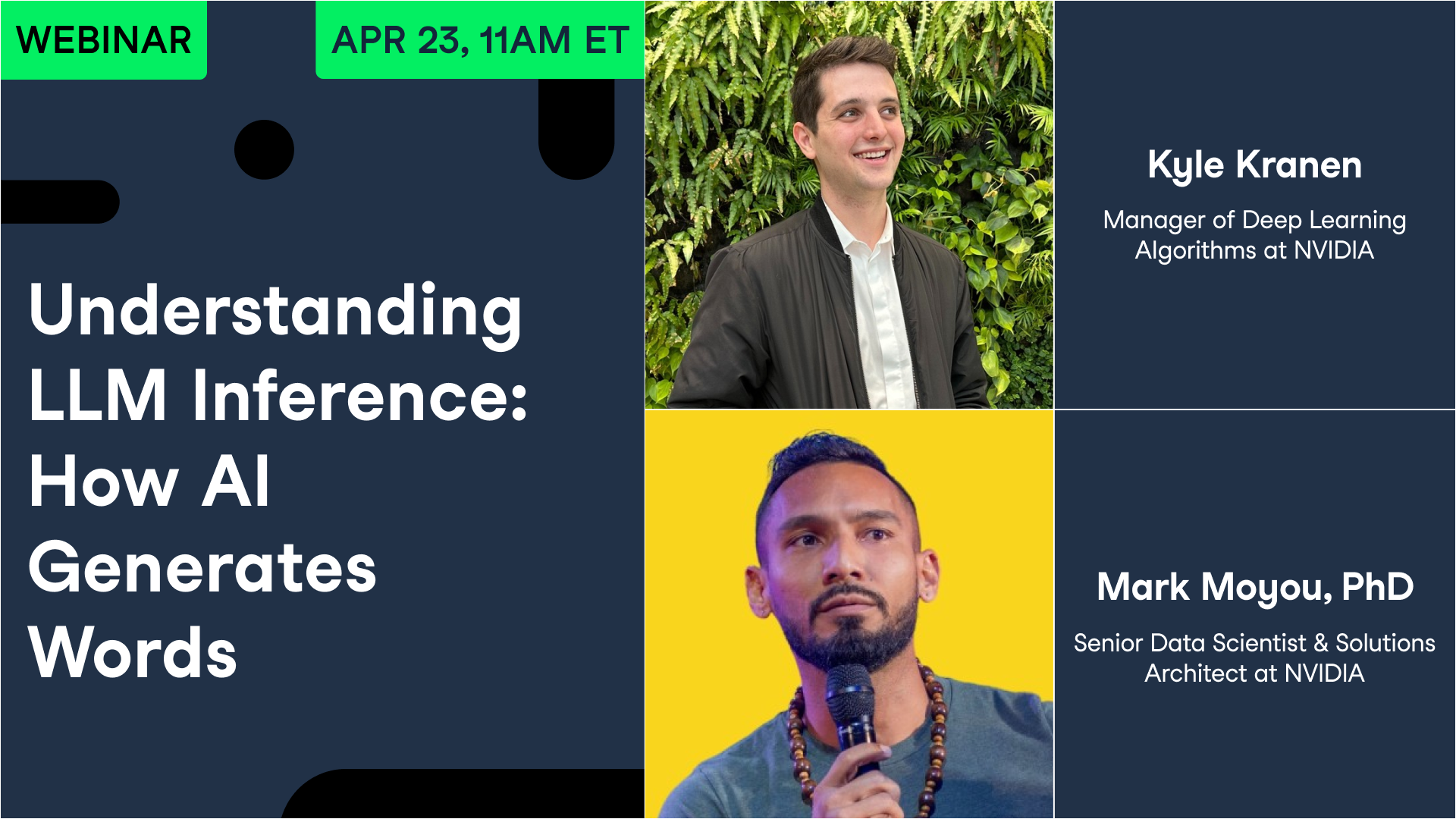Pular para o conteúdo principalSaiba Mais





Falantes
Treinar 2 ou mais pessoas?
Obtenha acesso à biblioteca completa do DataCamp, com relatórios, atribuições, projetos e muito mais centralizadosRelacionado
webinar
Best Practices for Putting LLMs into Production
The webinar aims to provide a comprehensive overview of the challenges and best practices associated with deploying Large Language Models into production environments, with a particular focus on leveraging GPU resources efficiently.webinar
Unleashing the Synergy of LLMs and Knowledge Graphs
This webinar illuminates how LLM applications can interact intelligently with structured knowledge for semantic understanding and reasoning.webinar
The Future of Programming: Accelerating Coding Workflows with LLMs
Explore practical applications of LLMs in coding workflows, how to best approach integrating AI into the workflows of data teams, what the future holds for AI-assisted coding, and more.webinar
Buy or Train? Using Large Language Models in the Enterprise
In this (mostly) non-technical webinar, Hagay talks you through the pros and cons of each approach to help you make the right decisions for safely adopting large language models in your organization.webinar
How To 10x Your Data Team's Productivity With LLM-Assisted Coding
Gunther, the CEO at Waii.ai, explains what technology, talent, and processes you need to reap the benefits of LLL-assisted coding to increase your data teams' productivity dramatically.webinar
Data Science and Business Intelligence in 2025: How will AI Transform the Data Team?
Three guests explore the impact of LLMs and GenAI on analytics and data functions in 2025, how they will lower the barrier to entry for working with data, the skills data teams need to develop, and a lot more.Join 5000+ companies and 80% of the Fortune 1000 who use DataCamp to upskill their teams.
Loved by thousands of companies


